Africa Oil Week Silver Sponsor Herbert Smith Freehills (HSF) shares its expertise ahead of AOW 2022


Ahead of Africa Oil Week (AOW) 2022, Martin Kavanagh, Partner, Herbert Smith Freehills and Joanne Elson, Senior Associate, Herbert Smith Freehills share their thoughts and expertise on energy storage solutions in sub-Saharan Africa.
CAPE TOWN, SOUTH AFRICA --- Africa is at the forefront of development of renewable energy as a proportion of its total energy mix. There are good reasons for this including the scale of renewables working well with grid capacity (as opposed to having fewer, larger power stations distributing more widely) and the ability to have local power production sources closer to populations, thereby overcoming some challenges of transmission.
However, renewable energy alone has issues when there is a dearth of reliable baseload power. Grid stability is one issue, and another is the perennial problem of intermittency.
For these reasons, energy storage is even more relevant in Africa than in other markets. Not only would reliable energy storage make renewable power more attractive, it may provide, for the first time ever, reliable baseload for the continent. There are, however, many challenges.
Energy Storage Solutions
In recent years energy storage systems have emerged to support the provision of sustainable energy. Storage solutions have become an essential environmental technology to increase renewable power usage by improving reliability and efficiency and reducing fuel consumption. Developers in the United States are currently planning to install over 10GW of large-scale battery storage power capacity between 2021 and 2023. (Source: U.S. Energy Information Administration: Battery Storage in the United States: An Update on Market Trends, August 2021.)
In Africa, there have been flagship projects such as the Ouarzazate Solar Power Station in Morocco which was the world's largest concentrated solar power plant with molten salt storage. It was built in 3 phases in 2018 with phase 1 delivering 160MW with 3 hours heat storage, phase 2 delivering 200MW with 7 hours heat storage and phase 3 delivering 150MW with 7.5 hours heat storage.
Technologies used in energy storage solutions
Traditional solutions such as pumped-storage hydroelectric are not a new idea and indeed pumped hydro is the prominent solution used in grid storage today. It is operated to help meet peak loads but also to provide a fast response to short-term rapid changes in power demand or sudden loss of power stations.
In more recent years, a variety of technologies have been developed and are evolving, such as battery storage, heat storage, other forms of mechanical storage (such as weighted hydraulics), and hydrogen.
HSF have also been involved in a project with an innovative storage solution which lifts and drops concrete blocks as a means to store and retrieve energy.
There has been a recent reduction in the cost of chemical battery storage solutions and notable development in this sector. Pairing power generating technologies, especially solar, with on-site battery storage is likely to become a common trend over the next few years for deploying energy storage. Bankability for project finance always requires proven technology and so the technologies which have an identified track record for reliability and high performance will be those preferred for financed projects.
Project Finance and Battery Energy Storage Solutions (BESS)
The battery market is new and evolving quickly with the market for project financing batteries being even newer. However, drawing on our experience to date, we have set out our thoughts as to the key lender concerns relating to BESS which will be considered in addition to the usual bankability issues arising with any renewable power project.
Revenue risk
The revenue stream of battery energy storage projects can be uncertain and practice is still developing in relation to how power purchase agreements can best deal with the double-edged sword of developers looking to be paid for battery-stored power while not being placed at risk from failure to deliver power if the energy isn't available - generally buyers and consumers require certainty if they are paying for capacity, and sellers won't want to invest in batteries if offtake isn't guaranteed and in effect, capacity paid for. In some jurisdictions, a single entity may agree to pay a single capacity or availability charge which of course deals with some of the cash flow issues for developers, but almost certainly brings with it an obligation to be able to deliver battery energy (because it is unlikely any off-taker will pay for capacity that isn't guaranteed to be available). Some leap of faith will be required here and arguably it is governments who are best placed (perhaps with multilateral support) to take on the take-or-pay obligation even where there's no penalty for not delivering. This is not far away from the model deployed in the IFC's well-known Scaling Solar Projects.
One of the other main benefits of battery storage is to provide grid stability by being able to be deployed to fill gaps in current production. However, it is hard to properly value this contribution and the storage capacity may be used when its best for the grid rather than best for the seller when, for example, prices are higher.
Technology risk
Lenders will likely look to strengthen the financing structure of battery storage projects by requiring shorter tenors for a battery storage project compared to a renewables project (to address technology risk), requiring front-loaded repayment profiles and insisting on more cash sweep mechanisms so that upside is "banked” in the project. They may also require equity to fund a greater percentage of the development costs to build in an increased safety margin.
The technology will have to show promising performance parameters for the lenders to have confidence in it. The use of the batteries will have to be optimised to perform the longer-term offtake agreements; maximisation of short-term revenues may not provide optimal use of the technology and may cause degradation of the batteries. It is important to optimise the technology because lenders do not want warranties to be invalidated, as this may reduce the value in asset security, reliance on underlying warranties and cash flows servicing their debt.
Lenders may allow the borrower to operate the assets in such a way as to maximise its revenues without breaching the warranty terms, where the short-term gains generated by the revenues from various offtake agreements outweigh the longer-term benefit of relying on the warranty. Lenders will most likely require appropriate prepayment provisions to be included in the facility agreement or to structure the financing to permit the borrower to replace the batteries.
Degradation
Degradation has a significant impact on the performance of electrochemical storage systems. It affects storage and power capacities, and hence the ability of the storage to meet electrical demands. Lithium ion cells degrade due to operational and environmental conditions. Factors that affect the life of the system include temperature, charge/discharge rate and change in the state of charge. The operational constraints of the technology (given the need to recharge and the fixed number of operational cycles in its operational life, plus a degradation in efficiency over time) will therefore be a key consideration.
Depending on the battery supplier, the BESS may need to be regularly augmented to account for degradation and to keep the BESS facility at the same level of contracted output and capacity. This is especially critical if there are long-term revenue contracts linked to output and capacity. How these augmentation services are priced and paid for is a key commercial consideration.
Environmental, Social and Governance (ESG)
Lenders may consider the environmental, social and governance (ESG) considerations of the batteries. The wider effects of the project on its geographical and human environment will be considered before any commitment is given. Lenders will have their own policies regarding these considerations; the borrower will be subject to a due diligence exercise and the borrower will be required to adhere to the required ESG policy throughout the life of the loan.
Factors to be taken into consideration include (i) mining location for the metals required for the batteries and whether the country has enacted appropriate laws, (ii) ESG policy of the company providing battery components and the alignment with the lenders' and the borrower's policy, (iii) location for the battery after exhausting the warranty or use and the cost in safe disposal and (iv) whether the batteries are second-life batteries (a second-life battery is a lithium ion battery that has spent the first five to eight years of its life span powering an electric vehicle).
The future for Energy Storage Solutions
The C&I market will increasingly be looking to storage solutions to manage the intermittent availability of both its on-grid and off-grid power solutions currently used across sub-Saharan Africa. With increased use the market for batteries will mature and the balance of the risks considered by lenders will be managed more easily.
The Risk Mitigation IPP procurement programme (RMI PPPP) in South Africa is technology agnostic and output or performance based and intends to procure 2000MW of power. The requirements for the technology are complicated and include that it must provide to Eskom (the utility offtake in South Africa) dispatchable, flexible generation that meets the required minimum load factor and has the ability to generate between specified hours, plus provide certain specified ancillary services to the system operator. To date the private sector has responded by providing a wide range of technology solutions including co-located renewables plus storage technologies or renewables plus gas generation technology.
In other sub-Saharan African countries there is a desire to replace diesel peaking or emergency power capacity. In South Africa the RMIPPPP intends to provide flexible baseload generation which will in turn enable growth in renewables plus storage solutions and facilitate the stabilisation of grid systems. All eyes are on South Africa and the RMIPPPP and it is likely that sub-Saharan Africa will follow its lead.






_weblogo_2.png?ext=.png)











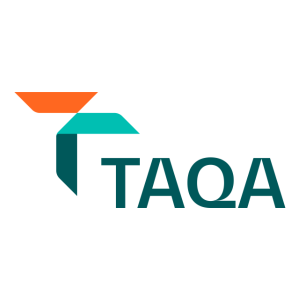
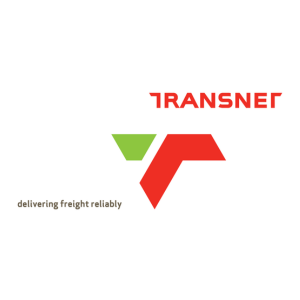



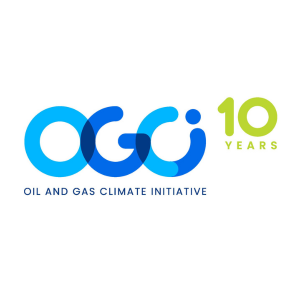




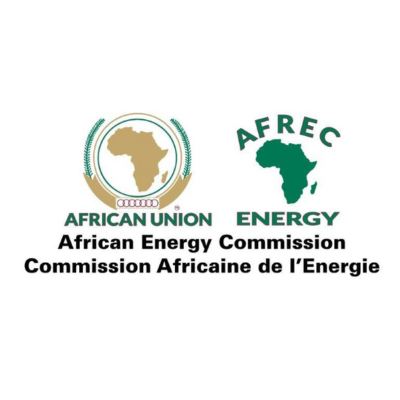

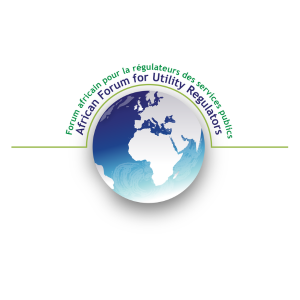









.jpg?ext=.jpg)
